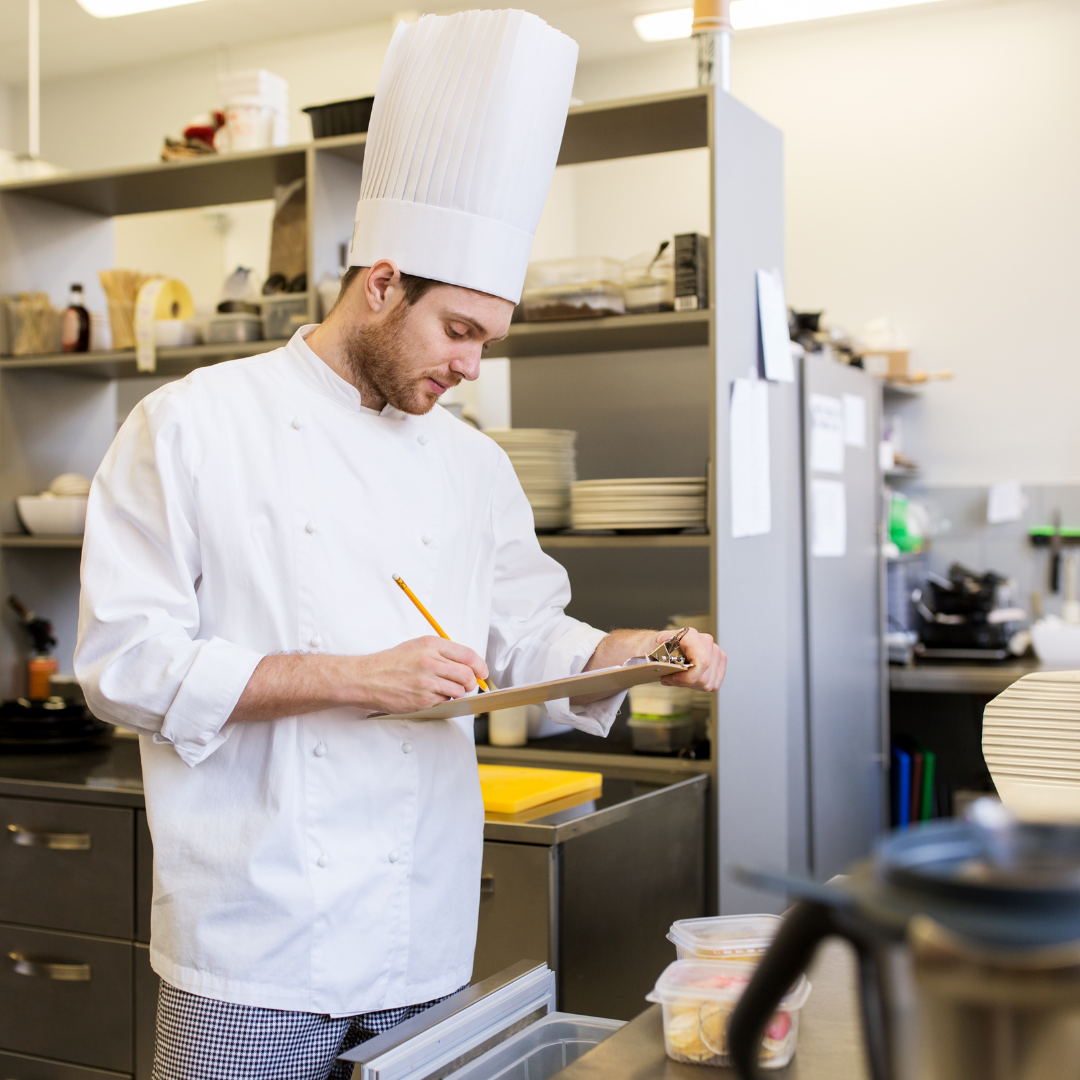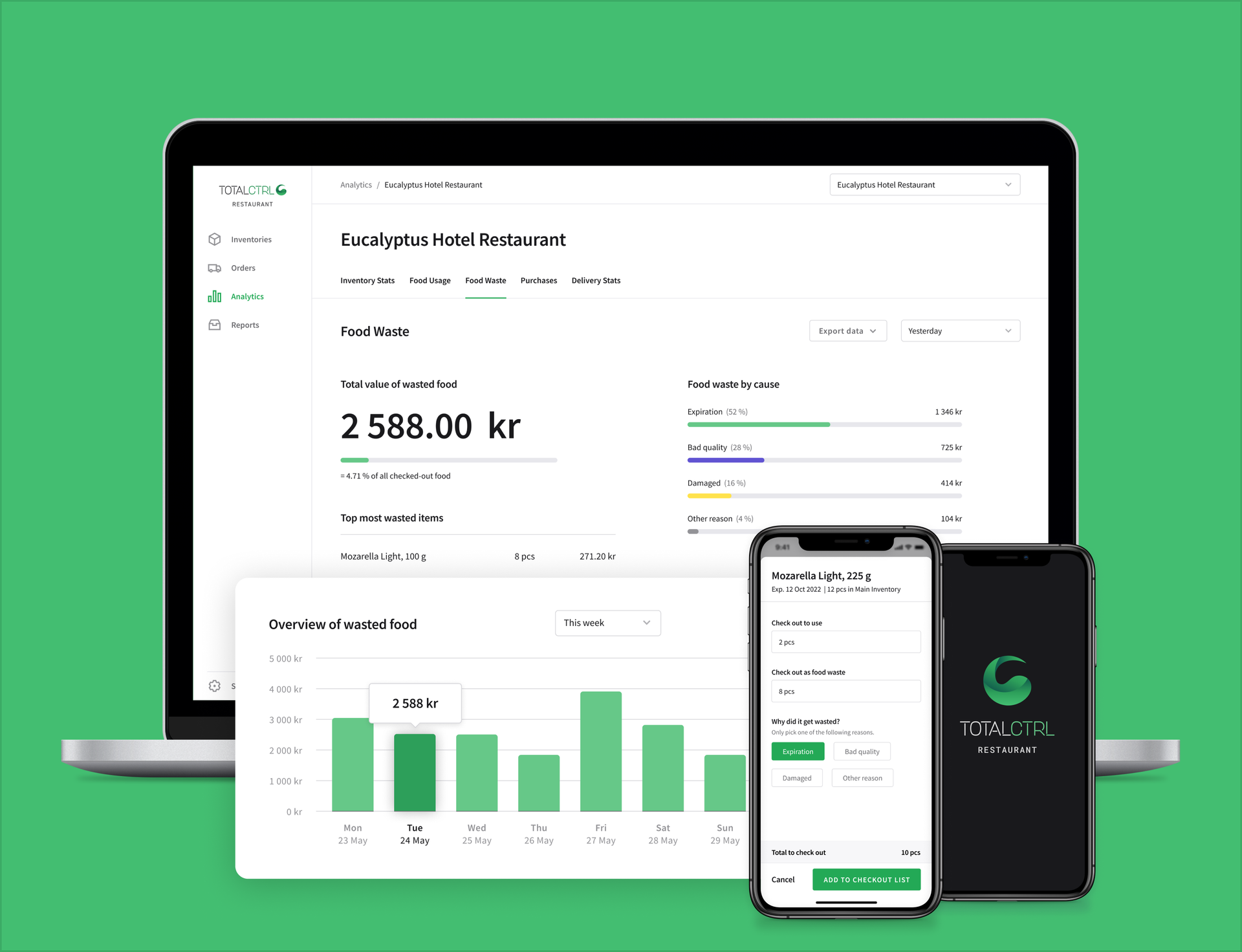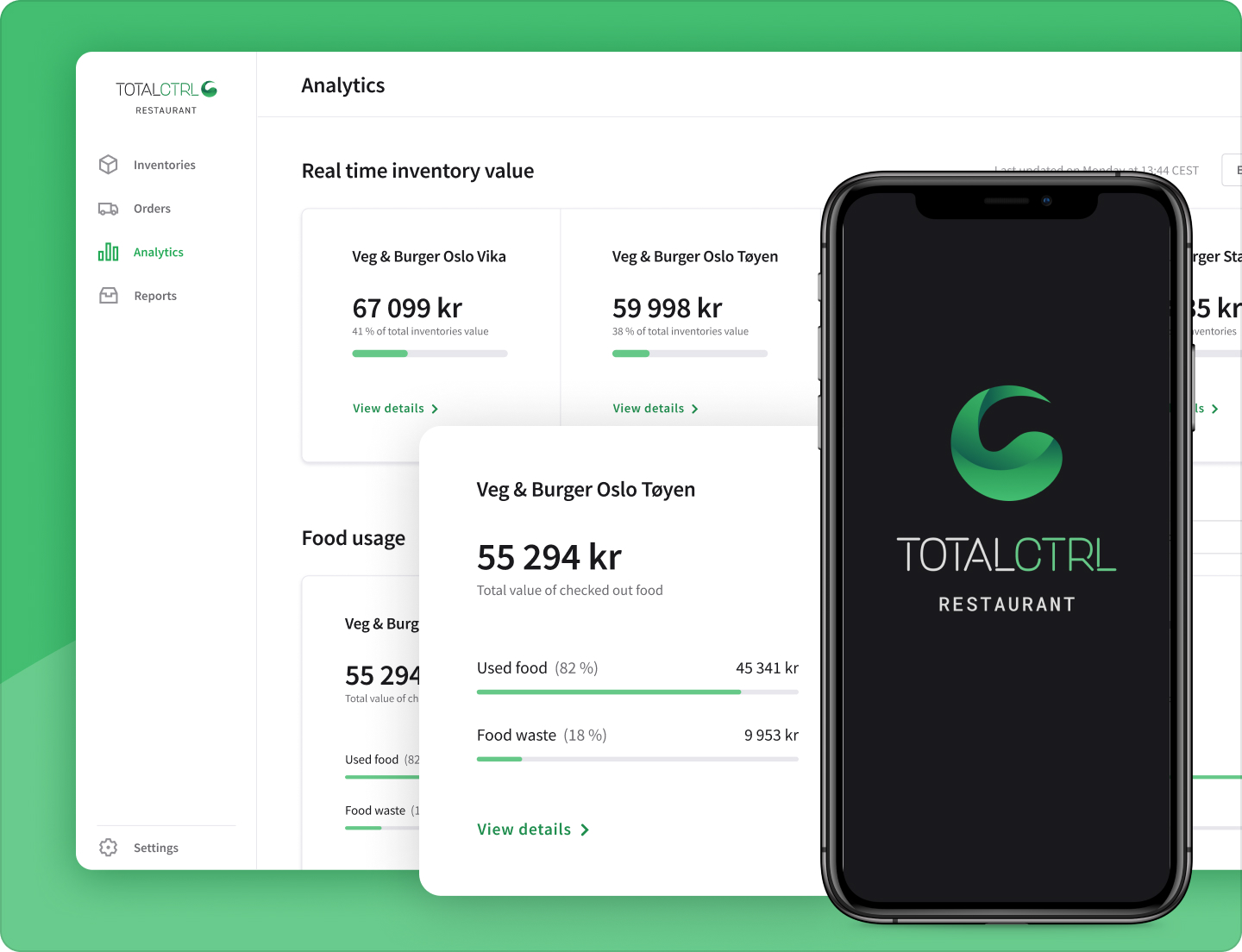Save time
Improve efficiency
Make money
Improve productivity
Reduce waste
Cut food waste
Introduction
Inventory management is a cornerstone of successful operations in the hospitality industry. From ensuring the availability of ingredients in the kitchen to maintaining stock levels for guest supplies, effective inventory management ensures smooth operations and enhances guest satisfaction. In our previous posts, we discussed the basics of inventory count and methods to conduct accurate inventory counts. Today, we’ll take a forward-looking approach and explore how technology and innovation are shaping the future of inventory management in the hospitality industry.


The evolution of inventory management
Historically, inventory management in hospitality relied heavily on manual processes and rudimentary record-keeping. In the early days, handwritten logs and manual stock checks were the norm. With the advent of digital spreadsheets, the industry saw a significant improvement in accuracy and efficiency. However, the true revolution began with the introduction of specialized software and automated systems, which have drastically reduced human error and streamlined operations.
Current challenges in inventory management
Despite these advancements, many hospitality businesses still face challenges in managing their inventory. Common issues include inaccurate stock levels, overstocking or understocking, and inefficiencies in the supply chain. These problems can lead to increased costs, wasted resources, and, ultimately, a negative impact on the guest experience. For instance, a hotel restaurant running out of a popular menu item can disappoint guests and harm the establishment's reputation.

Technological advancements
The latest technological advancements are transforming inventory management practices. Here’s how:
Internet of Things (IoT)
IoT devices can provide real-time tracking of inventory items. Smart shelves and RFID tags automatically update stock levels, reducing the need for manual checks.
Artificial Intelligence (AI)
AI algorithms can predict demand trends based on historical data and current market conditions, helping businesses optimize their inventory levels and reduce waste.
Blockchain
Blockchain technology ensures transparency and traceability in the supply chain. This can help verify the authenticity of products and prevent fraud, which is particularly important for high-value items.
Implementing smart inventory solutions
Integrating new technologies into existing systems can seem daunting, but with a structured approach, it becomes manageable. Here are steps to guide you:
Assessment:
Identify pain points and areas for improvement in your current inventory processes.
Research and pilot testing:
Explore and test various technological solutions on a small scale to find the best fit.
Full implementation and training:
Roll out the chosen technology, train your staff, and monitor the system's performance, making adjustments as needed.


Case studies and success stories
Numerous hospitality businesses have successfully adopted innovative inventory management solutions, resulting in significant benefits. For example, a leading hotel chain implemented an IoT-based inventory system and saw a 20% reduction in waste and a 15% increase in inventory accuracy. Another case involves a restaurant group using AI to predict demand, which led to optimized stock levels and a 10% reduction in food costs.
The future of inventory management
Looking ahead, the future of inventory management in hospitality is bright. Here are some trends to watch:
Personalization:
Tailoring inventory based on guest preferences and feedback to enhance the guest experience.
Sustainability:
Using technology to minimize waste and manage resources more efficiently.
Integration:
Seamless integration of inventory management with other business systems, such as point-of-sale and procurement platforms.

Conclusion
Effective inventory management is crucial for the success of any hospitality business. By leveraging the latest technologies and innovations, businesses can overcome current challenges, improve efficiency, and enhance the guest experience. Stay informed and proactive to ensure your inventory management practices are future-ready.
Keep it simple
The goal is to save time.
Train your staff
Enhance efficiency and foster ownership through delegation.
Learn from data
Harness data insights for enhanced performance and guaranteed accuracy.
Schedule a demo
Want to learn more? Book a demo to see how TotalCtrl works and how it can help your hotel or restaurant increase efficiency and reduce costs.
